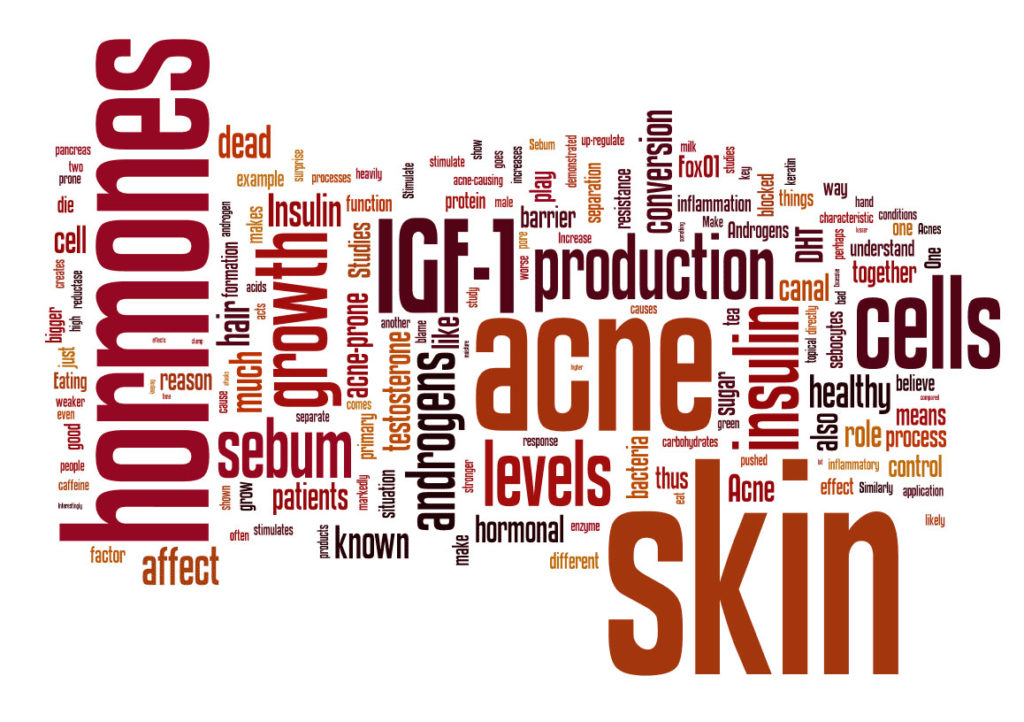Dealing with chronic pain can be a debilitating experience, especially when it involves intimate areas such as the vulva. Vulvodynia, characterised by unexplained pain in the vulva, has baffled many women and health practitioners alike due to its unclear cause. As a naturopathic practitioner, I want to shed light on an often-overlooked aspect of vulvodynia – the role of oxalates and gut health.
Vulvodynia: Unseen but not Unfelt
Vulvodynia, simply put, is chronic vulvar pain without an identifiable cause. It’s often described as a sensation of burning, stinging, irritation, or rawness. The pain can be provoked by touch or pressure, such as during sexual intercourse or tampon insertion, or it can be unprovoked. It’s important to understand that vulvodynia is not a sexually transmitted or infectious disease but a chronic pain condition that can severely impact quality of life.
The Oxalate Connection: Linking Diet and Pain
Oxalates are naturally occurring compounds found in many foods, including spinach, rhubarb, and almonds. While they’re generally harmless in moderate amounts, high levels of dietary oxalate can lead to the accumulation of sharp oxalate crystals in various tissues in the body, potentially contributing to pain and inflammation.
Recent studies have started to explore the relationship between dietary oxalates and vulvodynia. It’s hypothesised that high oxalate levels could potentially lead to the formation of these crystals in the vulvar tissue, resulting in chronic pain associated with vulvodynia.
The Gut Factor: Oxalate Production and Absorption
Interestingly, our gut health plays a pivotal role in regulating oxalate levels in our bodies. Firstly, certain bacteria in our gut, such as Oxalobacter formigenes, are known to degrade oxalates, thereby reducing their absorption and facilitating their elimination. A healthy gut microbiome, rich in these bacteria, may thus help in maintaining low oxalate levels.
On the flip side, gut health issues, including leaky gut and gut dysbiosis, can increase the absorption of dietary oxalates into the bloodstream, leading to higher systemic oxalate levels. Additionally, a deficiency of certain gut bacteria may lead to higher endogenous production of oxalates, further exacerbating the situation.
Nutritional Approaches: Alleviating Pain by Reducing Oxalates
Addressing high oxalate levels could potentially provide relief from the pain of vulvodynia. Here are some nutritional strategies:
- Low Oxalate Diet: Reducing intake of high-oxalate foods can directly lower the oxalate load in the body.
- Calcium Supplementation: Calcium binds to oxalate in the gut, reducing its absorption. However, calcium supplementation should be undertaken with professional guidance, as excessive intake could lead to other health issues.
- Probiotics: Certain strains of probiotics, such as Lactobacillus and Bifidobacterium, can help degrade oxalates in the gut and may be beneficial.
- Vitamin B6: Vitamin B6 deficiency can increase the endogenous production of oxalates. Ensuring adequate Vitamin B6 intake may thus help in controlling oxalate levels.
Remember, these interventions should be personalised to your needs and undertaken under the guidance of a health professional. A Complete Microbiome Mapping Profile (a simple stool test from home) can review your oxalobacter species level in your gut and identify a leaky gut situation.
In conclusion, vulvodynia is a complex condition that may be influenced by factors such as dietary oxalates and gut health. While further research is needed, considering these aspects could open new avenues for managing vulvodynia. If you’re dealing with chronic vulvar pain, consider seeking the advice of a naturopathic practitioner who can help tailor a holistic approach, including diet, supplements, and lifestyle modifications, to your unique situation. There is hope beyond the pain. Let’s explore it together.




